Artificial intelligence (AI) has steadily gained ground in the workplace to the point where nonprofits need to think about how it might best figure into their operations. Much like the computer and the internet changed how we work and live, AI is poised to follow suit. Big time. And it will happen more quickly than either of those earlier innovations.
AI is already familiar to most of us in everyday devices such as smartphones and the virtual assistants Siri and Alexa. We’ve similarly grown accustomed to online video and product recommendations, to say nothing of social media where AI works vigorously to keep us engaged. More recently, large language models (LLMs), such as ChatGPT, Gemini, and Microsoft Copilot, have introduced a wide range of new possibilities, some remarkably useful and others hard to fathom.
AI Automation and Analysis
For the nonprofit currently considering AI tools from the sidelines, a good starting place may be to think about automating administrative tasks. Here the trial and error phase would be carried out internally with staff members rather than with donors, clients, and the community. A number of administrative tasks are suitable for automation, especially repetitive ones such as scheduling, data entry, processing contributions, creating and maintaining financial reports, and conducting basic donor research.
Beyond administrative automation, AI tools can provide deeper, more strategic insights. By analyzing large amounts of unstructured data such as emails, social media interactions, and surveys, for example, AI can detect the tone and mood of a given topic through sentiment analysis. Then again, the technology can be employed to identify patterns and trends in data sets, and if prompted make predictions based on those patterns and trends.
Adopt a Healthy Skepticism with LLMs
As many readers have no doubt discovered, LLMs can produce quick and easy content on a world of subjects in whatever form and length one desires. They can compose grant applications based on an organization’s past successful proposals. Likewise with emails, press releases, and marketing materials. Or prepare the draft of an annual report based on a given set of files. What’s more, with AI-powered summarization tools, one can encapsulate complex reports in an abstract, an executive summary, or otherwise.
But while LLMs can crank out the copy, the finished product requires careful review. The text occasionally includes a perspective, or a word or term, that is inaccurate, inappropriate, or even offensive to the reader. LLMs simply reflect the data sets that train them, together with the algorithms that process those data sets.
On the other hand, an LLM’s finished product may be substandard due to a lack of specificity in the prompt. These systems deliver the best results when the instructions they receive are precise and draw from diverse and representative data sets.
The Rise of the Chatbot
Chatbots are another AI tool that will likely become a standard fixture of many websites. And for good reason, they offer a number of important benefits. With 24/7 access, chatbots serve a vital purpose in the health care sector, for example, by providing answers to questions about a distressing medical issue. This is of great value to medical organizations and their clients, especially those in remote areas with limited means. Similarly in the education sector, chatbots can open doors for people with disabilities by converting text into speech and speech into text, among other things.
From another angle, the ability of chatbots to translate language makes a world of difference to the many nonprofits that operate in diverse, multilingual environments. At the same time, they relieve staff members from handling repetitive queries. And the data that they collect not only provides actionable information about the organization at hand but also feedback about its website (e.g., content, appearance, navigation).
Chatbots are not without their drawbacks, though. They only provide answers to a limited number of queries, which calls for a staff member to take over at some point. Further, because they lack emotional intelligence, unable to detect anger, frustration, or panic, they may respond to a query in a manner that makes matters worse. For this and other reasons, the organization should factor in regular monitoring and maintenance of the chatbot, along with refining and updating its algorithms.
Opportunities for Collaboration
Many technology companies offer pro-bono services and skills-based volunteering, particularly through AI hackathons and tech conferences. Nonprofit executives might look into attending such events and having discussions with various people about working together. These partnerships should be clearly understood as mutually beneficial, with the nonprofit gaining access to AI expertise and the tech company enhancing its reputation, and the participants’ morale, by joining forces with your organization.
Challenges and Safeguards with AI Tools
While AI tools offer a host of benefits, they also raise legitimate concerns about bias, privacy, and ethics. Intentionally or not, biases in algorithms and training data can lead to discriminatory outcomes in a number of ways, such as hiring, granting loans, or segmenting a target population. In addition, the handling of private and sensitive data about donors and other stakeholders is crucial to keep confidential.
Early on, leadership should develop an AI Usage Policy to provide staff members with guidelines as to what is acceptable and what is off limits. Nonprofits must continually assess how AI tools impact their operations and reputation. Those who do so thoughtfully will not only upgrade the job duties of their staff, but also increase the organization’s ability to concentrate on its mission.
 Contact@SSutton-and-Associates.com
Contact@SSutton-and-Associates.com 420-737-921-492
420-737-921-492 410-245-0398
410-245-0398 647-969-8866
647-969-8866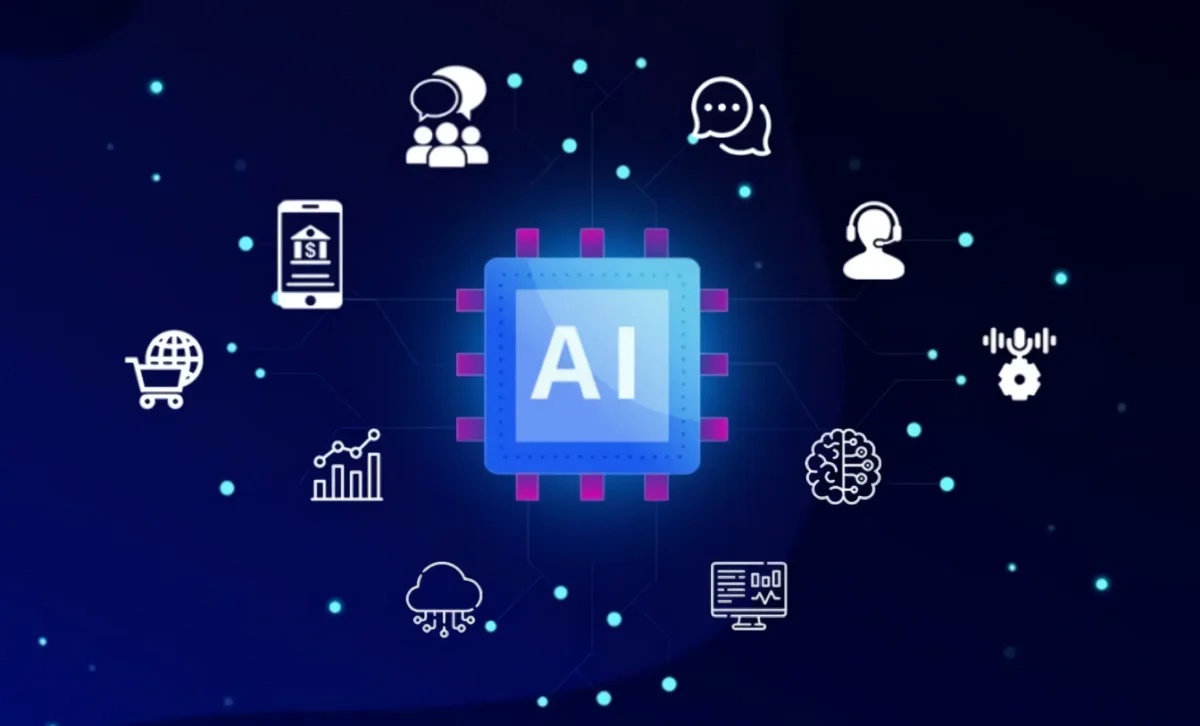
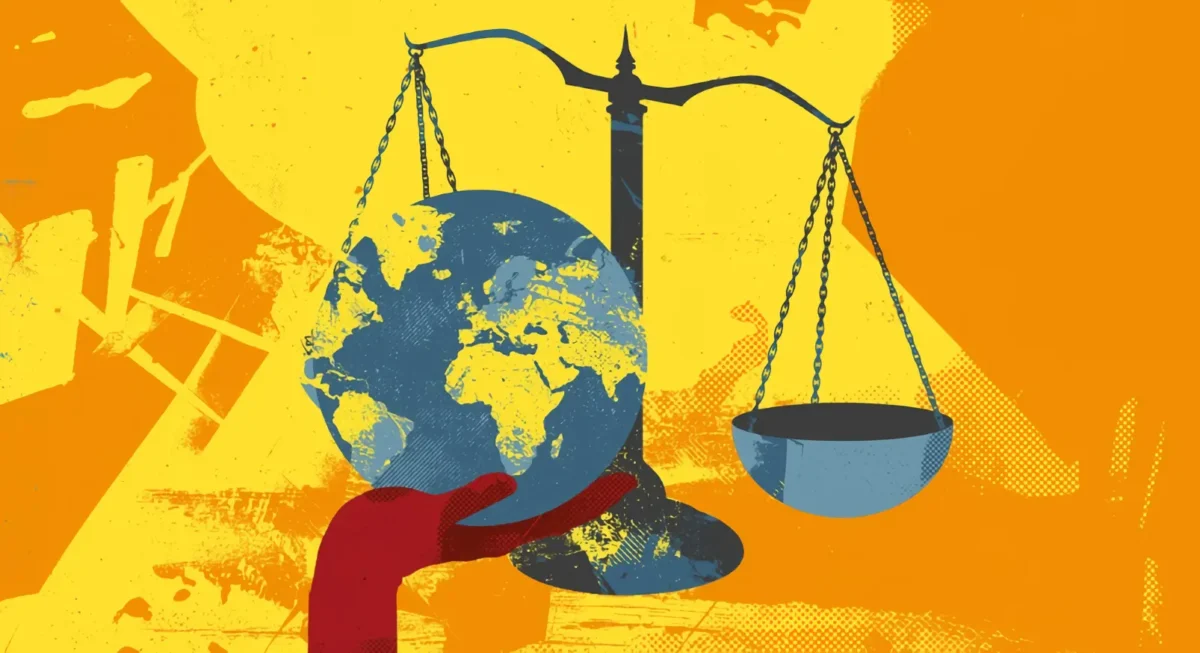
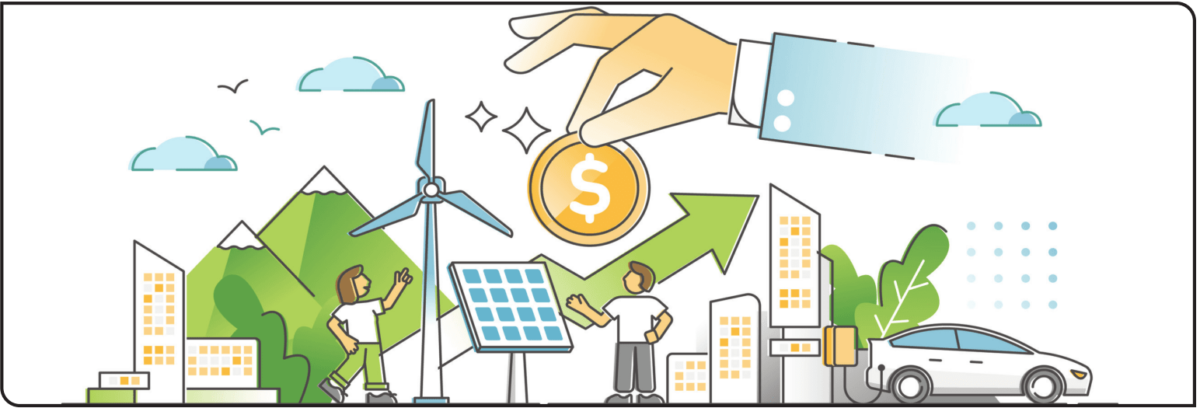
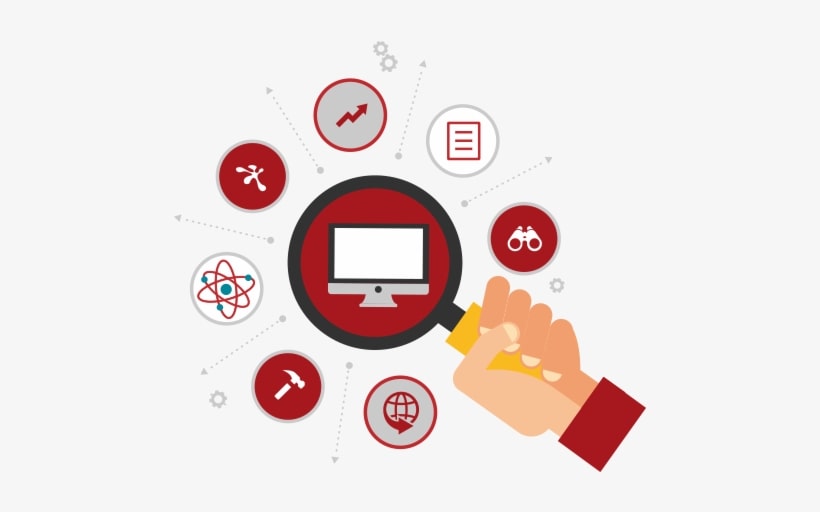
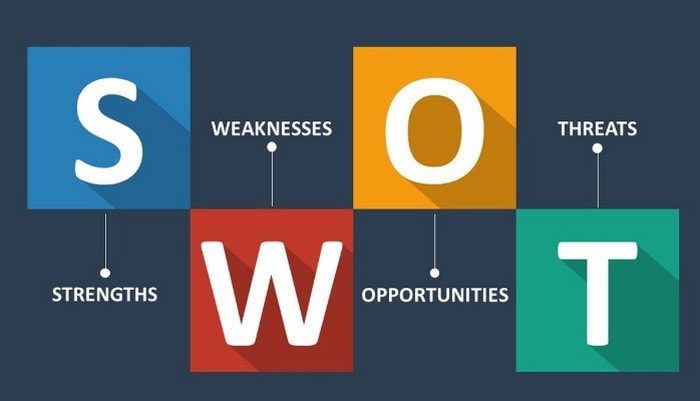



 www.SSutton-and-Associates.com
www.SSutton-and-Associates.com